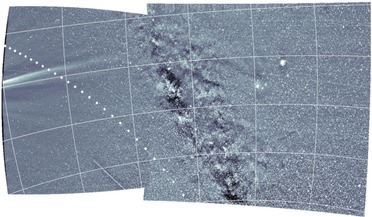 06 December 2019
Parker Solar Probe reveals major new insights on the Sun
06 December 2019
Parker Solar Probe reveals major new insights on the Sun
... previously thought. Researchers already knew that close in to the star, the sun's magnetic field pulls the solar wind in the same direction as the star's rotation. Farther from the sun however, scientists had expected to see this phenomenon trail...
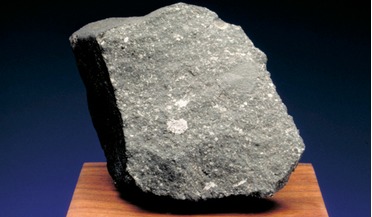 29 January 2020
Material older than the Sun found unexpectedly where it shouldn't be
29 January 2020
Material older than the Sun found unexpectedly where it shouldn't be
...inclusion (CAI) and according to current theory CAIs are one of the first solids to have condensed in the solar nebula close to the Sun at temperatures above 1,500 K. The fact that the presolar grains have been found at all is surprising, but finding...
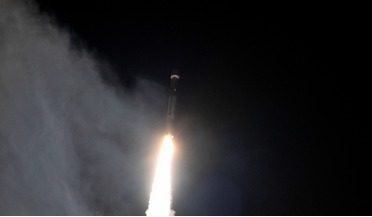 10 February 2020
ESA's Solar Orbiter probe blasts off to face the Sun
10 February 2020
ESA's Solar Orbiter probe blasts off to face the Sun
... of the Sun's atmosphere – the corona – as well as the solar disc. In situ instruments will measure the solar wind and the solar magnetic field in the vicinity of the orbiter. “The combination of remote-sensing instruments, which look at the Sun, and...
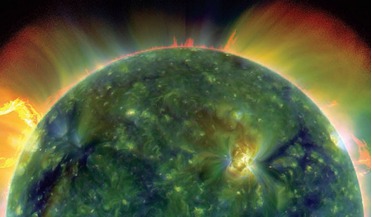 July 2014
In thrall to a star: understanding the Sun will help us understand our own climate and environment
July 2014
In thrall to a star: understanding the Sun will help us understand our own climate and environment
...are increasingly susceptible to the vagaries of the changing Sun. Over the last couple of decades, solar and space physicists have coined the phrase ‘space weather’ to encapsulate the Sun’s interaction with the Earth. The Sun’s energetic output comes...
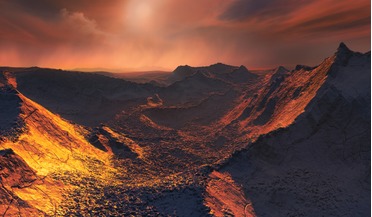 14 November 2018
Super-Earth exoplanet found around closest single star to the Sun
14 November 2018
Super-Earth exoplanet found around closest single star to the Sun
... ago, astronomers argued that a gas giant was orbiting the nearest single star to our Sun (the only stars closer to the Sun make up the triple star system Alpha Centuri), but the technology at the time was not able to prove it. Now, as part...
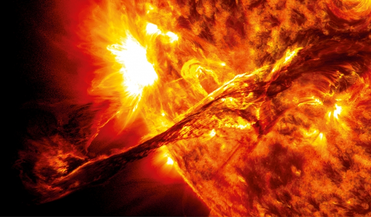 June 2019
Solar superstorms and their effects on Earth
June 2019
Solar superstorms and their effects on Earth
... have observed only a snapshot of its extremely long, billion-year lifetime The Sun is a tricky object to study in detail and we have observed only... drawings together provide a unique look into the past of the Sun. We can now see that large solar...